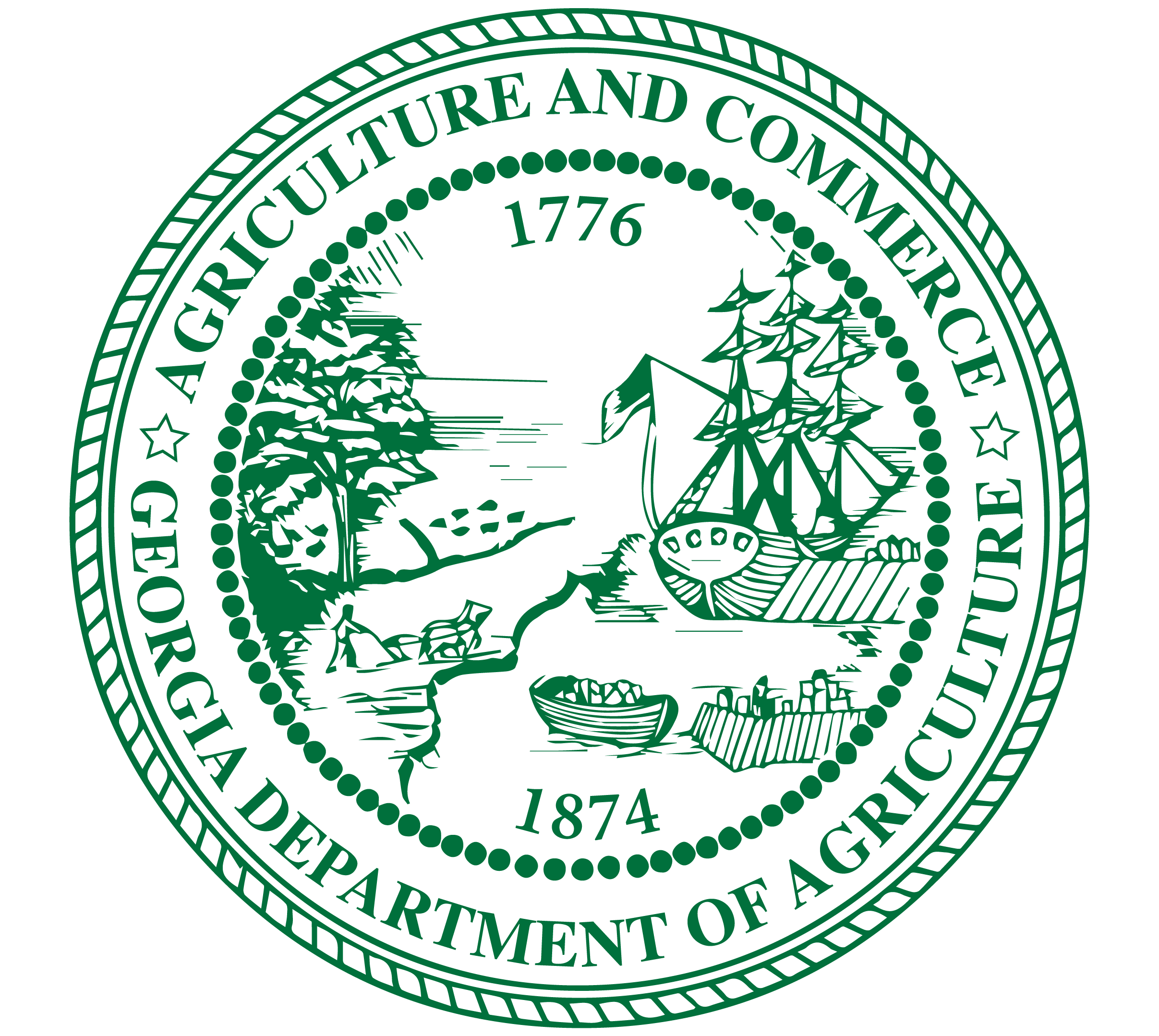Pet Dealer Outgoing Information Sheet
General Information A person or business with a pet dealer license from the Georgia Department of Agriculture (GDA) must comply with the relevant regulations of the Georgia Animal Protection Act. All...
Pet Dealer Incoming Information Sheet
General Information A person or business with a pet dealer license from the Georgia Department of Agriculture (GDA) must comply with the relevant regulations of the Georgia Animal Protection Act. All...
Fertilizer Licenses and Product Registrations
Program Area GDA’s Fertilizer Program manages Fertilizer licenses. Questions about the program or regulations? Please review the Fertilizer Program web page or contact their staff at the number below...
Lime Licenses and Product Registrations
Program Area GDA’s Lime Program manages Lime licenses. Questions about the program or regulations? Please review the Lime Program web page or contact their staff at the number below. Lime...
Soil Amendment Product Registrations
Program AreaGDA’s Ag Inputs Program manages Soil Amendment product registrations. Questions about the program or regulations? Please review the Soil Amendment Program page or contact their staff at...
Horticultural Growing Media (HGM) Product Registrations
Program Area GDA’s HGM Program manages Horticultural Growing Media (HGM) registrations. Questions about the program or regulations? Please review the HGM Program web page or contact their staff at...
Pesticide Product Registrations
Program AreaGDA’s Pesticide Program manages Pesticide Product Registrations. Questions about the program or regulations? Please review the Pesticide Program web page or contact their staff at the...
Feed Licenses and Product Registrations
Program AreaGDA's Feed Program manages Commercial Feed licenses. Questions about the program or regulations? Please review the Feed Program web page or contact their staff at the number below. ...
Feral Hog Facility License
Program Area GDA’s Livestock-Poultry program manages Feral Hog Facility licenses. For more details, including a full list of regulations, see the Feral Hog program page. You Need this License...

